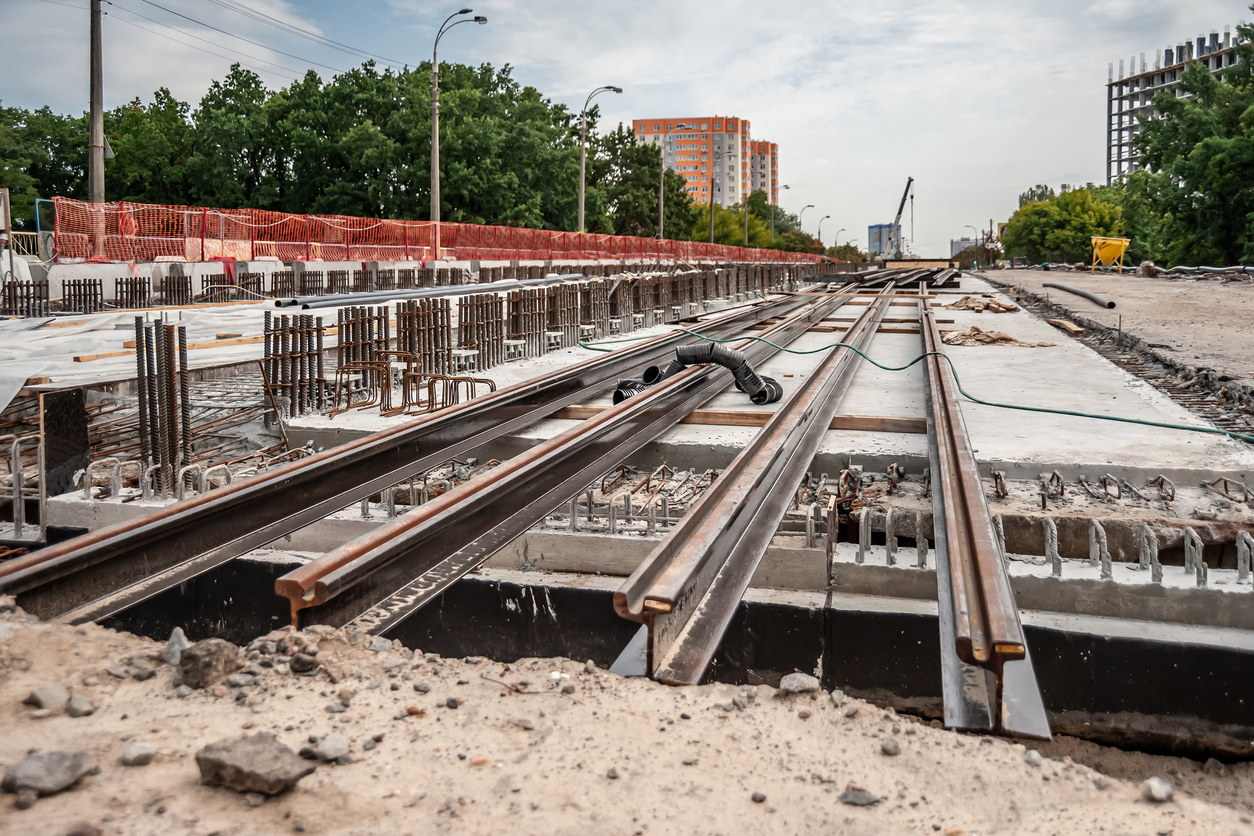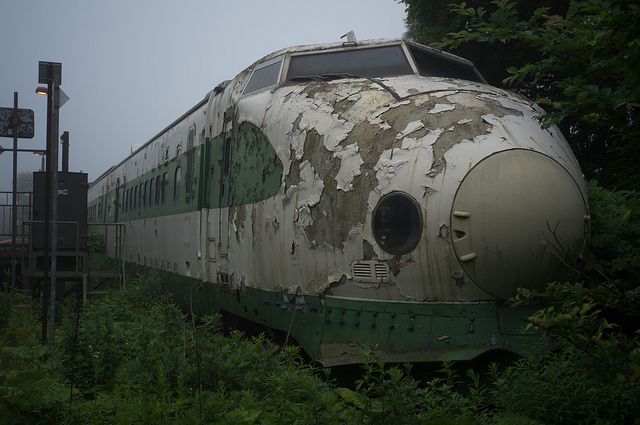Taking away general travel lanes and imposing tolls have not improved traffic flow on Interstate 405 as promised
![]() Download a PDF of this Legislative Memo with sources and citations here.
Download a PDF of this Legislative Memo with sources and citations here.
Key Findings
- The Department of Transportation anticipated fast general purpose lane speeds accompanied with low tolls in the express toll lanes. Instead, the public received lower general purpose lane speeds and higher-than-expected tolls.
- Despite more people using the toll lanes than projected, general purpose speeds have not improved as promised.
- The results raise doubts about WSDOT’s ability, or willingness, to provide congestion relief on I-405. The revenue gained from tolls on I-405 could be used by officials as a reason not to expand I-405 in the future, especially if lawmakers pursue long-term bond financing.
- Officials should consider the PSRC’s analysis that shows faster general purpose speeds and lower tolls under a one-lane toll system. Either House Bill 2312 or Senate Bill 6152 would improve the way I-405 operates by keeping one toll lane in each direction and returning the other lane to a general purpose lane.
Introduction
Since last September, officials at the Washington State Department of Transportation (WSDOT) have operated toll lanes between Lynnwood and Bellevue on Interstate 405, requiring drivers to pay to use the lanes. The same freeway section has between two and three general lanes that drivers can use any time without paying.
The toll lanes are managed lanes, with toll prices set based on the number of vehicles using the lanes. At certain times WSDOT officials increase the price they charge, up to $10.00 per car, to restrict driver demand. The decision to impose tolls on some lanes of I-405 has been controversial. Over 28,000 people have signed a petition to remove tolls on the highway and again allow free access to all public lanes, while state transportation officials ask for more time, hoping the public will accept their pricing structure.
This paper analyzes the data reported by WSDOT officials to determine if the I-405 tolling program can be considered a success based on the goal officials set for it, and provides recommendations for policymakers to improve the public’s use of I-405.
Background
In 2002, officials along the highway corridor agreed to an I-405 Master Plan that included approximately 150 roadway improvements to provide congestion relief and speed travel times on the I-405 corridor. Officials said they would add up to two general-purpose lanes in each direction on I-405, as well as bus rapid transit, new interchanges and auxiliary lanes.
In 2003 and 2005, lawmakers raised the state gas tax by a combined 14.5 cents per gallon to 37.5 cents. Including federal taxes, the total gas tax is now 62.9 cents a gallon, the second highest in the country. With the tax increases, lawmakers promised to provide I-405 drivers with one additional general purpose lane in each direction, as promised in the I-405 Master Plan.
But in 2011, Governor Christine Gregoire signed House Bill 1382, restricting driver access to the promised general purpose lanes and converting the two-person HOV lanes to express toll lanes. The tolling bill provided authority to the Washington State Transportation Commission (WSTC) to set toll policies. The WSTC established a minimum toll of $0.75 and a maximum toll of $10, with computers changing toll prices every five minutes based on a number of factors, including revenue targets, use of the toll lanes, and traffic congestion in the adjacent general purpose lanes. As structured, raising additional revenue for the state became a major policy goal of the tolling program.
Defining success
Current state law says if after two years WSDOT does not keep the traffic in their toll lanes flowing at 45 miles per hour, or if revenues fall below a set point, one lane in each direction would reopen to general traffic and one lane would reopen to carpools of two people or higher in each direction. Those measures, however, do not necessarily define success. In fact, WSDOT officials could theoretically meet the speed target if just a handful of vehicles use the toll lanes. Officials could also make their revenue target through monopoly pricing – which would restrict drivers’ access to the toll lane in order to maximize profits.
To define success, lawmakers could add performance-based benchmarks. For example, the Federal Highway Administration says “a safe range for establishing managed capacity for most project settings would be approximately 1700 hourly automobile equivalents per lane.”
Transportation officials told WSTC members that vehicle flows above 1,800 per hour, per lane are possible when vehicle travel is around 45 miles per hour. Traffic engineers often cite 45 miles per hour as the “sweet spot” for maximum traffic flows.
Adding a performance requirement that each toll lane move a minimum of 1,700 vehicles per hour would add accountability to ensure maximum traffic flow in the tolled lanes, even if WSDOT officials receive less in tolling profits as a result.
Promised high speeds and low tolls, but received low speeds and high tolls
Data provided to the public by WSDOT officials show, unsurprisingly, that the addition of lane capacity has slightly increased vehicle speeds on certain segments of I-405 over the year prior. However, any gains in general travel speeds are far below what was promised to the public.
The new toll lanes have done little to reduce traffic congestion in the remaining general purpose lanes, one of the main justifications for imposing the I-405 tolling program in the first place. In both the project’s Environmental Assessment and in WSDOT reporting, officials said the tolling program would provide substantial congestion relief to all travelers, not just those who paid to be in a fast lane.
Still, they claim success. Department of Transportation officials tout lack of improved traffic flow as a win, saying “the general purpose lanes are performing better or about the same as they were prior to the express toll lane system.” In other words, officials say their tolling program is working because traffic flow has not gotten worse. Despite officials’ claim, they also acknowledge that general purpose travel on I-405 between Bothell and Lynnwood is worse than it was before, and weekend travel times are also worse than the year prior.
In some areas, then, the state’s tolling policy has not only made drivers pay to access a public highway lane they could previously use for free, it has made traffic worse for many drivers.
Both the I-405 Tolling Project’s Environmental Assessment and WSDOT’s report to the Transportation Commission promised large gains in general purpose speeds should officials be allowed to impose a toll. WSDOT officials estimated, for example, that average driving speeds during the morning or afternoon commute would reach 37 to 43 miles per hour between Lynnwood and Bellevue. Here are the details of what they projected.
| Average speeds by segment during commute hours projected by DOT officials | |
| Projected 2015 GP Travel Speeds (EA) | WSDOT “Typical Day Commutes and Toll Rates” |
| AM I-5 to SR-522 31 mph | AM I-5 to Bellevue 37 mph |
| AM SR-522 to SR-520 43 mph | AM SR-522 to Bellevue 43 mph |
| PM SR-520 to SR-522 32 mph | PM Bellevue to SR-522 32 mph |
| PM SR-522 to I-5 54 mph | PM Bellevue to I-5 43 mph |
Yet WSDOT officials show in the first 11 weeks of travel data that speeds in the general purpose lanes are much slower than what they projected. A regular-lane driver commuting from Lynnwood to Bellevue on I-405 in the morning, for example, averages 26 miles per hour, 30 percent slower than the 37 miles per hour WSDOT officials projected.
The restricted travel lanes have also affected the afternoon commute. General purpose vehicles heading northbound between Bellevue and Lynnwood moved at an average of only 25 miles per hour, according to reported data, 41 percent slower than the WSDOT-projected 43 miles per hour. Details are given in the table below.
| 10/1/15-12/11/15 Actual vs. Projected (Peak Period) | ||||
| Segment(s) | Avg. GP Speeds | Avg. Time Saved in ETL | ||
| Projected | Actual | Projected | Actual | |
| AM Lynnwood to Bothell | 31 mph | 21.2 mph | 3 minutes | 10.3 minutes |
| AM Bothell to Bellevue | 43 mph | 35.2 mph | 3 minutes | 5.5 minutes |
| AM Lynnwood to Bellevue | 37 mph | 26.1 mph | 6 minutes | 16.7 minutes |
| PM Bellevue to Bothell | 32 mph | 26.7 mph | 4 minutes | 9.6 minutes |
| PM Bothell to Lynnwood | 54 mph | 23.9 mph | 1 minute | 8.7 minutes |
| PM Bellevue to Lynnwood | 43 mph | 25.3 mph | 5 minutes | 18.2 minutes |
Another way to gauge traffic congestion in the regular lanes is to look at travel times in the express toll lanes. The higher the time savings in the toll lanes, the worse the commute time for drivers in general purpose lanes.
State officials projected that express toll lanes would save the average driver between five and six minutes during the commute periods in the opening year. Yet WSDOT data show toll lanes were saving drivers an average of 16 to 18 minutes, with savings sometimes as high as 30 minutes, indicating much higher general purpose congestion, and therefore lower speeds, than projected.
The “Eastside Corridor Independent Traffic and Revenue Study,” completed by Cambridge Systematics, projected conditions on I-405 in the year 2030. The study focused on the peak hour in the morning and afternoon, not the typical three-hour peak periods often studied. The peak hour is the most congested hour of the commute period.
The study said general purpose drivers heading south in the morning between 8:00 and 9:00 in the year 2030 would travel at 35 miles per hour and take 27 minutes to travel from Lynnwood to Bellevue. Yet travel speeds in the peak hour currently are 26 miles per hour and travel times are upwards of 34 minutes. This means that, 15 years from now, travel times would have to dramatically improve despite likely increases in population and employment.
Toll prices are also higher than projected. WSDOT officials said typical toll rates during the peak period commute on the average day would be two dollars or less, three years from now. Yet transportation officials recently announced peak period tolls averaged between $3.00 and $3.75 in the first week of December. Their latest data release shows WSDOT has continued to increase tolls, on average, every month since tolling began.
Transportation officials caution that six to 12 months are needed for drivers to adjust to paying for using public highway lanes, known as a “ramp-up period.” Yet WSDOT officials claim to have nearly three times the anticipated demand. That means despite more people using the toll lanes than estimated, general purpose traffic is worse than expected.
The results back up critics’ claims. The Department of Transportation anticipated fast general purpose lane speeds accompanied with low tolls in the express toll lanes. Instead, the public received lower general purpose lane speeds and higher-than-expected tolls. This means that, should WSDOT experience a ramp up period in which toll lanes attract more drivers, toll prices would continue to increase beyond expectations. As toll prices rise, fewer people take the toll lanes, keeping congestion levels high in the adjacent general purpose lanes.
In short, with toll prices currently increasing beyond the projected average, the toll lanes should already be operating near full capacity, and therefore, general purpose drivers will not likely see significant improvements in travel times in the future.
Other options
Demand for toll lanes increase as congestion builds in the adjacent general purpose lanes. The Puget Sound Regional Council’s Transportation 2040 planning document says “Express toll lanes, whether HOV are allowed in free or not, depend on congestion to be successful. It is congestion that creates the value offered by a lane managed through pricing.”
In other words, reducing congestion for non-paying drivers reduces the incentive for drivers to pay to access the toll lanes, and thus reduces profits going to the state.
The Puget Sound Regional Council consulted with ECONorthwest to examine toll lane operations. In the latest update to Transportation 2040, ECONorthwest found that imposing tolls on one lane instead of two would reduce toll prices and increase general purpose speeds. The computer model then lowers toll prices because improved general purpose speeds reduce the willingness of people to pay to drive in the tolled lane.
Officials should consider this analysis when taking up House Bill 2312, or its companion Senate Bill 6152. The bills would improve the way I-405 operates by keeping one toll lane in each direction and returning the other lane between Bellevue and Bothell to a general purpose lane. If these bills are enacted, drivers would again be able to use one more public highway lane in each direction for free, while the state would still require drivers to pay to use one lane.
Conclusion
Toll lanes have worked in other areas of the country, yet WSDOT officials have yet to provide similar benefits to travelers on I-405. WSDOT officials projected their average toll during the peak commute hours would range between $.80 and $1.60 the first year; yet WSDOT has admitted toll prices now average over $3.00 and will likely increase. Despite more people using the toll lanes than projected, general purpose speeds have not improved as promised. This is a shift from the projections, which promised significantly lower tolls and much higher speeds for the general public.
Other policy choices conflict with the WSDOT’s goal of funding and financing I-405. Tolls are a way to expand highways, by adding new lanes, to provide congestion relief, yet the revenue gained from tolls on I-405 could be used by officials as a reason not to expand I-405. The money collected from drivers in toll lanes provides state officials a strong deterrent against providing general congestion relief. In addition, if the legislature decides to borrow money, through long-term bond financing based on future I-405 toll revenue, it would create a financial obligation that may prevent officials from ever providing general congestion relief. In tying toll money to bonds, lawmakers would reason that they must keep general purpose lanes jammed with traffic, so that drivers will be willing to pay to drive in the freer-flowing toll lane. The state’s tolling profits would be collected in addition to gas taxes drivers already pay.
The results raise doubt about WSDOT’s ability, or willingness, to provide congestion relief on I-405. As part of the widening project on I-405, transportation officials added a free general travel lane to fix the notorious “Kirkland Crawl.” That small addition doubled vehicle speeds through Kirkland, but was taken away from general travel by being converted into a toll lane. Plans for adding future free general purpose lanes were also taken away and converted to toll lanes. Officials should question whether promising new general purpose lanes, open equally to everybody and paid for with recent gas tax increases, but then taking these lanes away and imposing toll lanes, is in the best interest of the traveling public.






